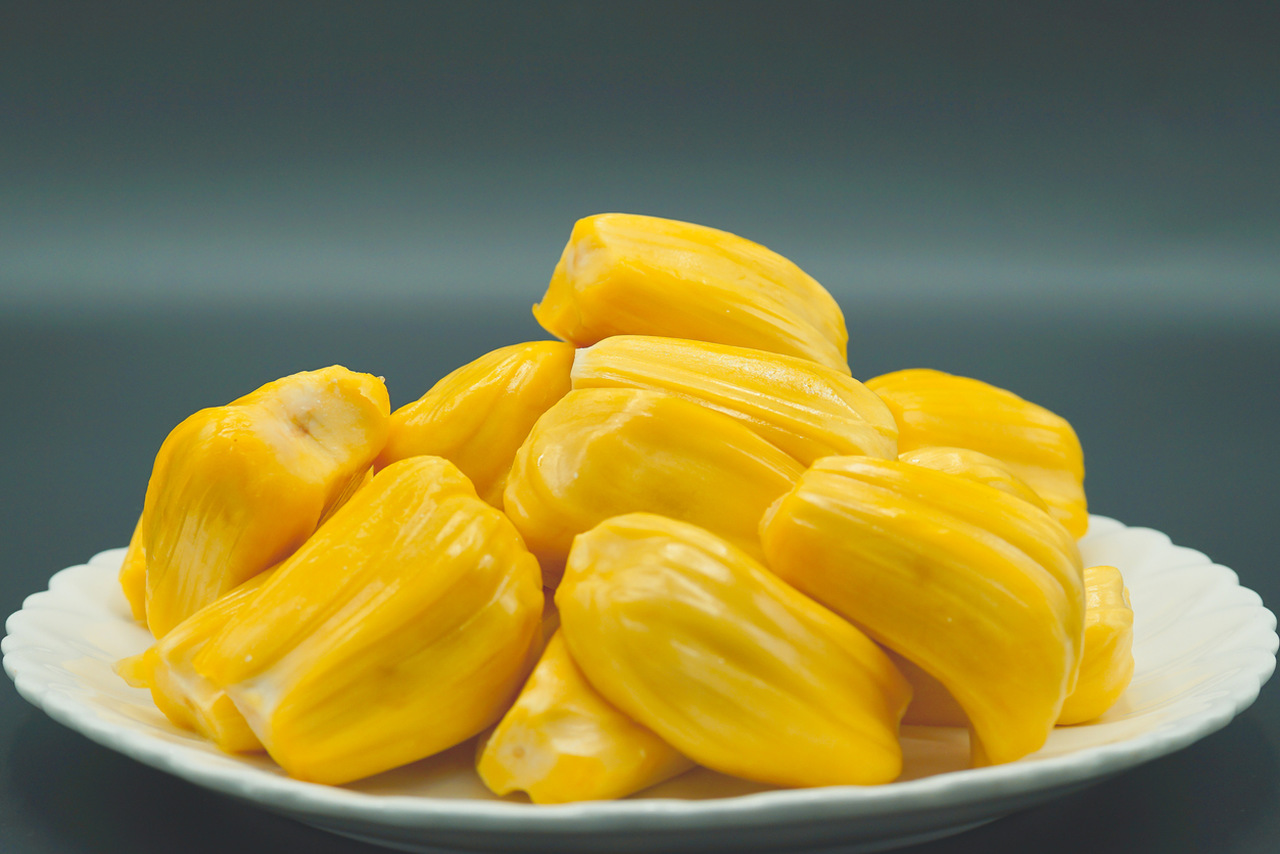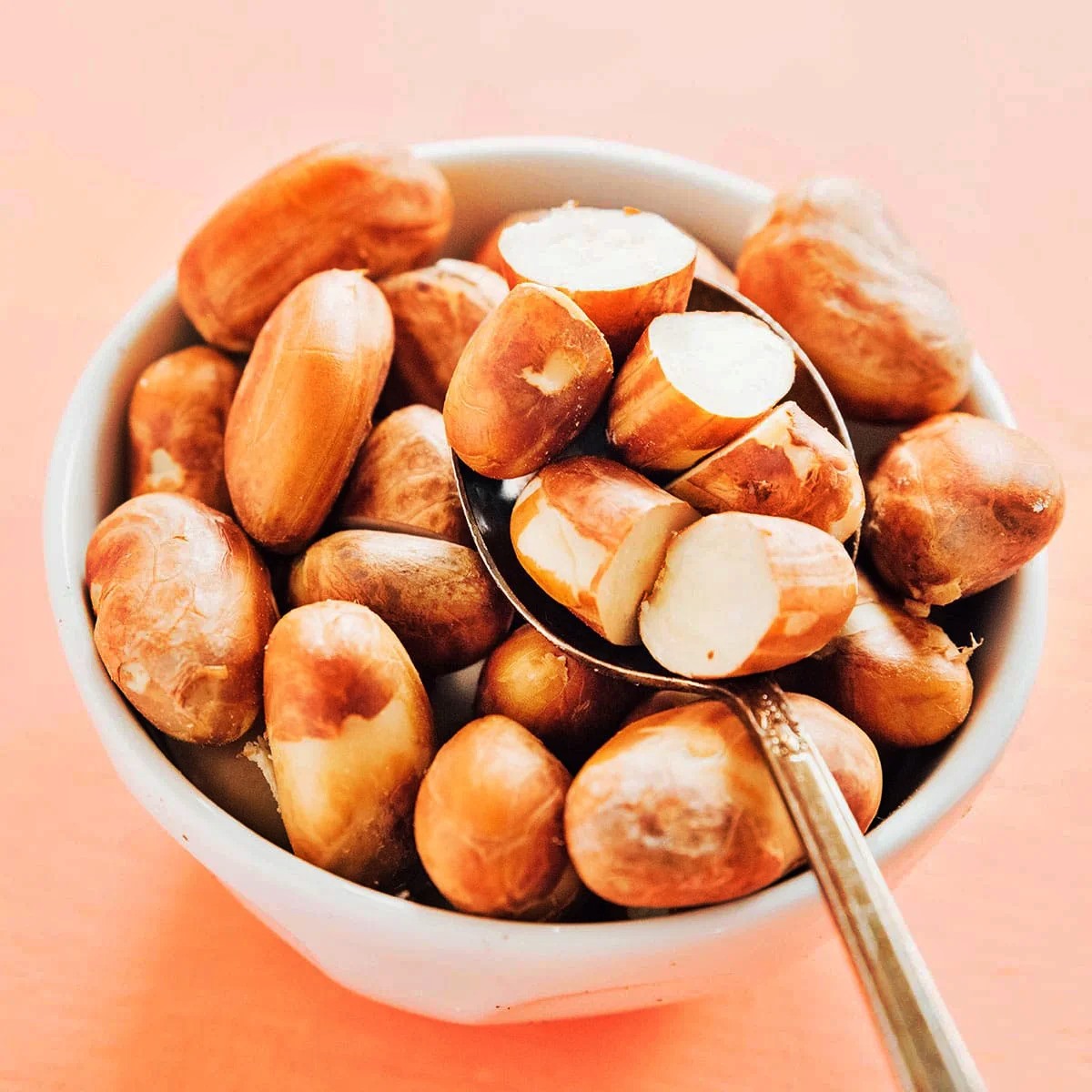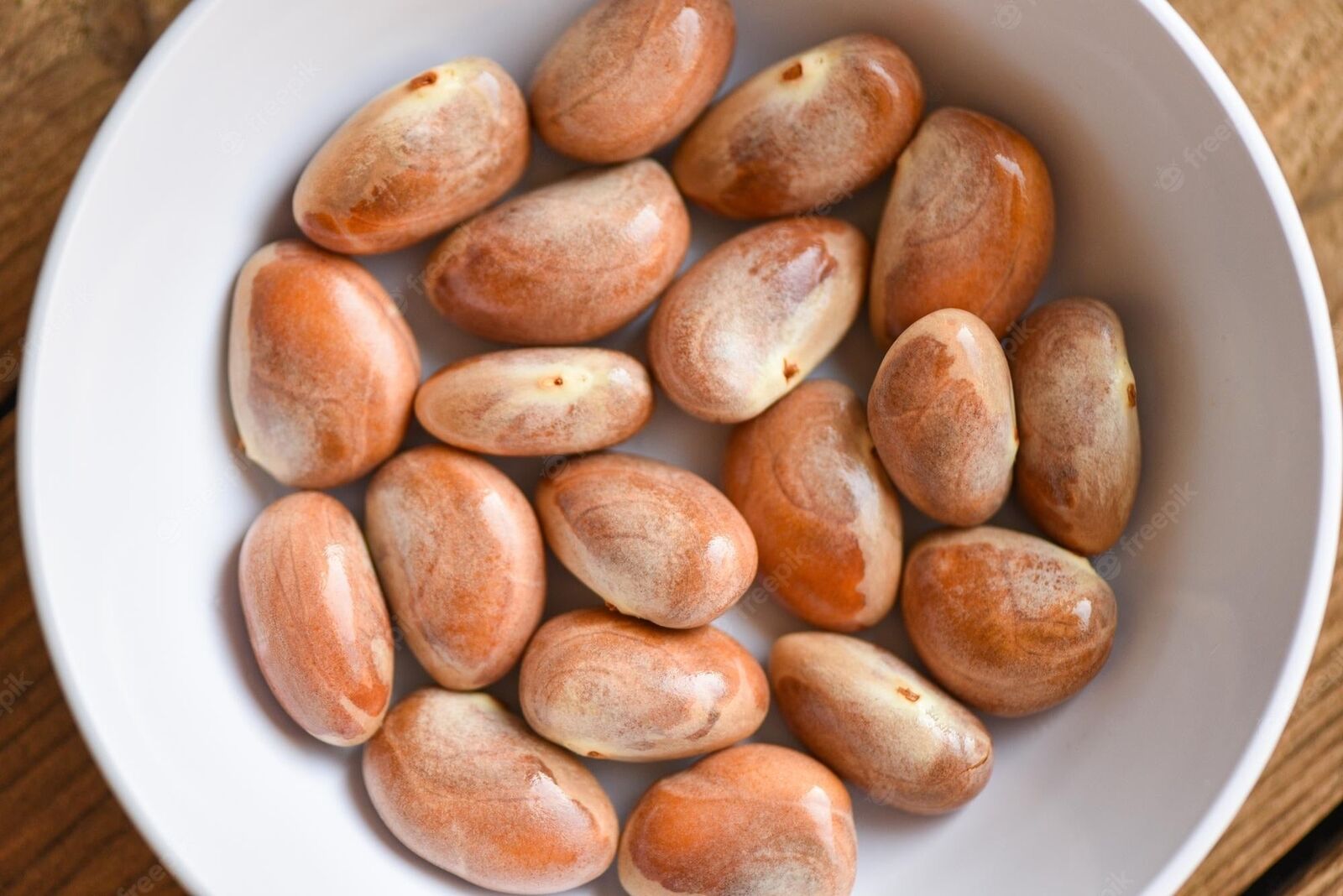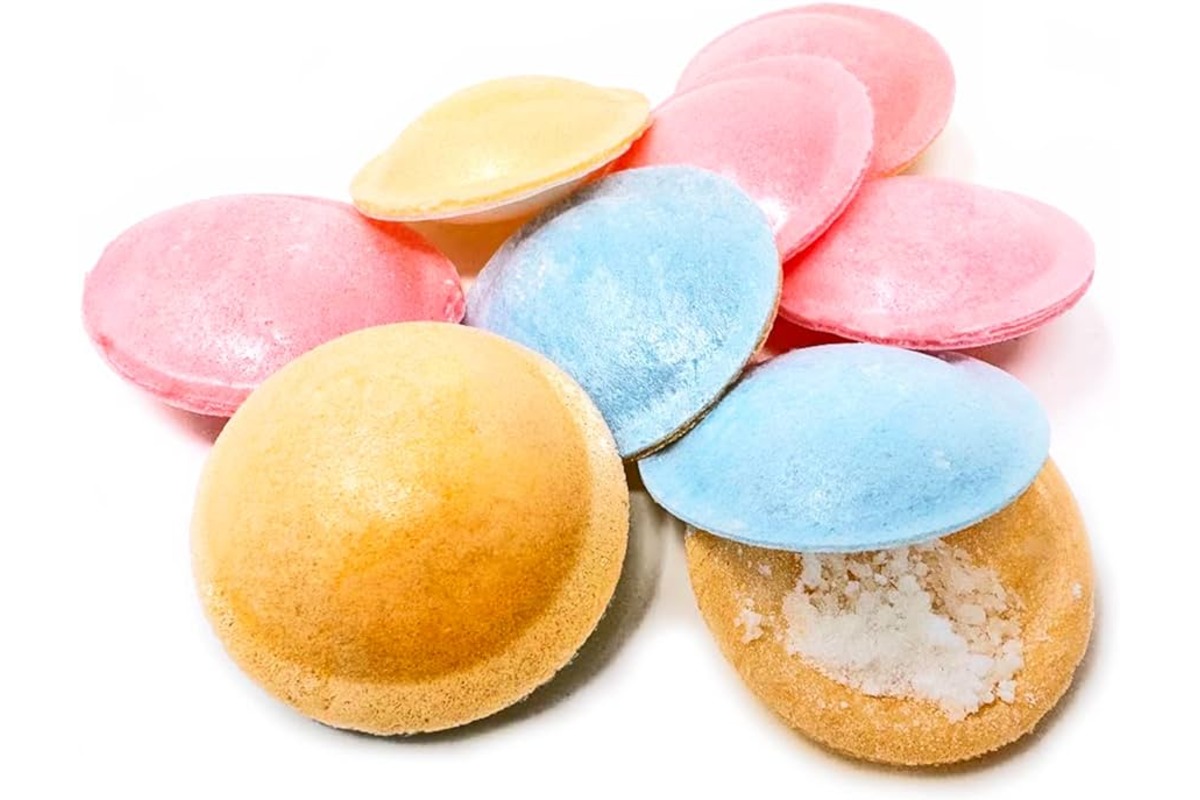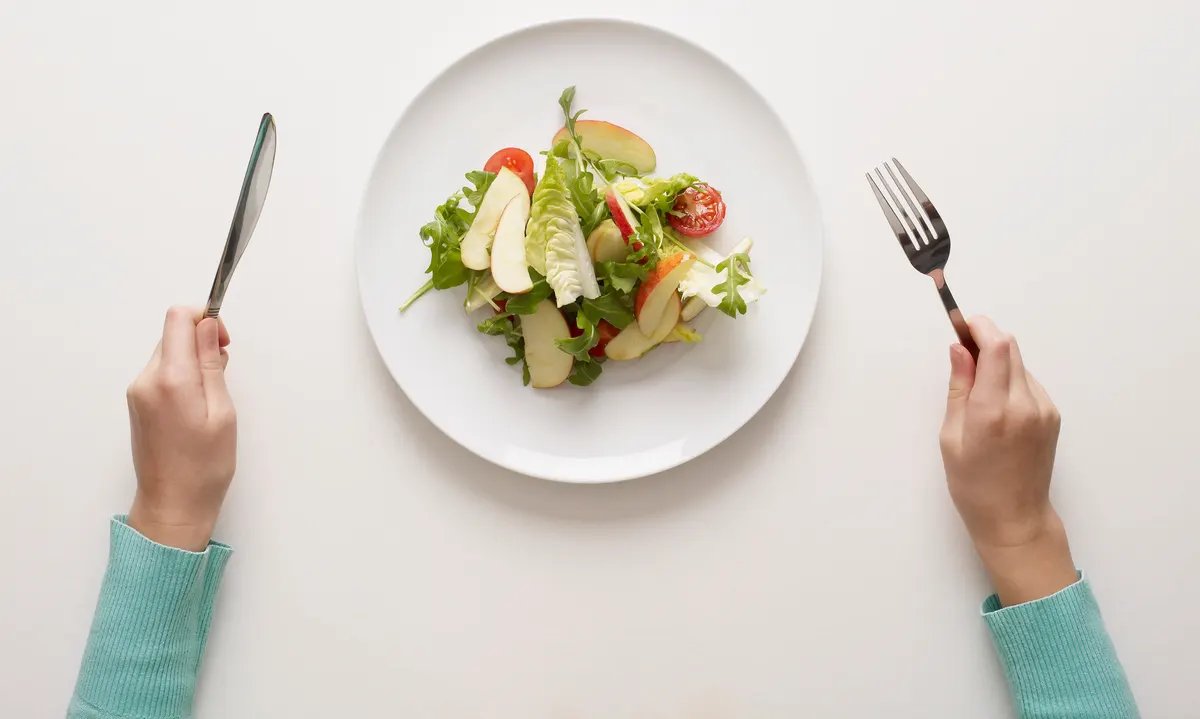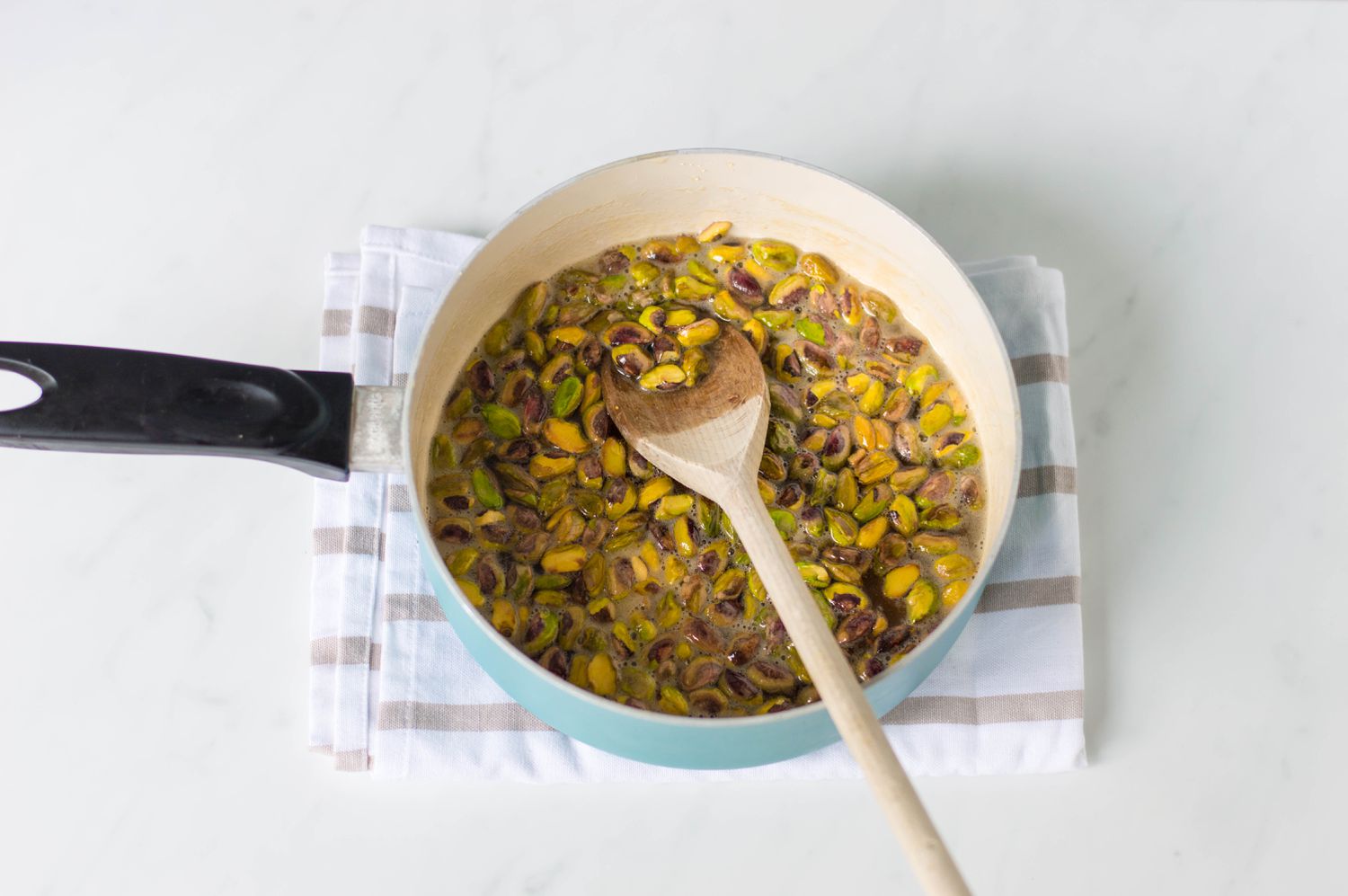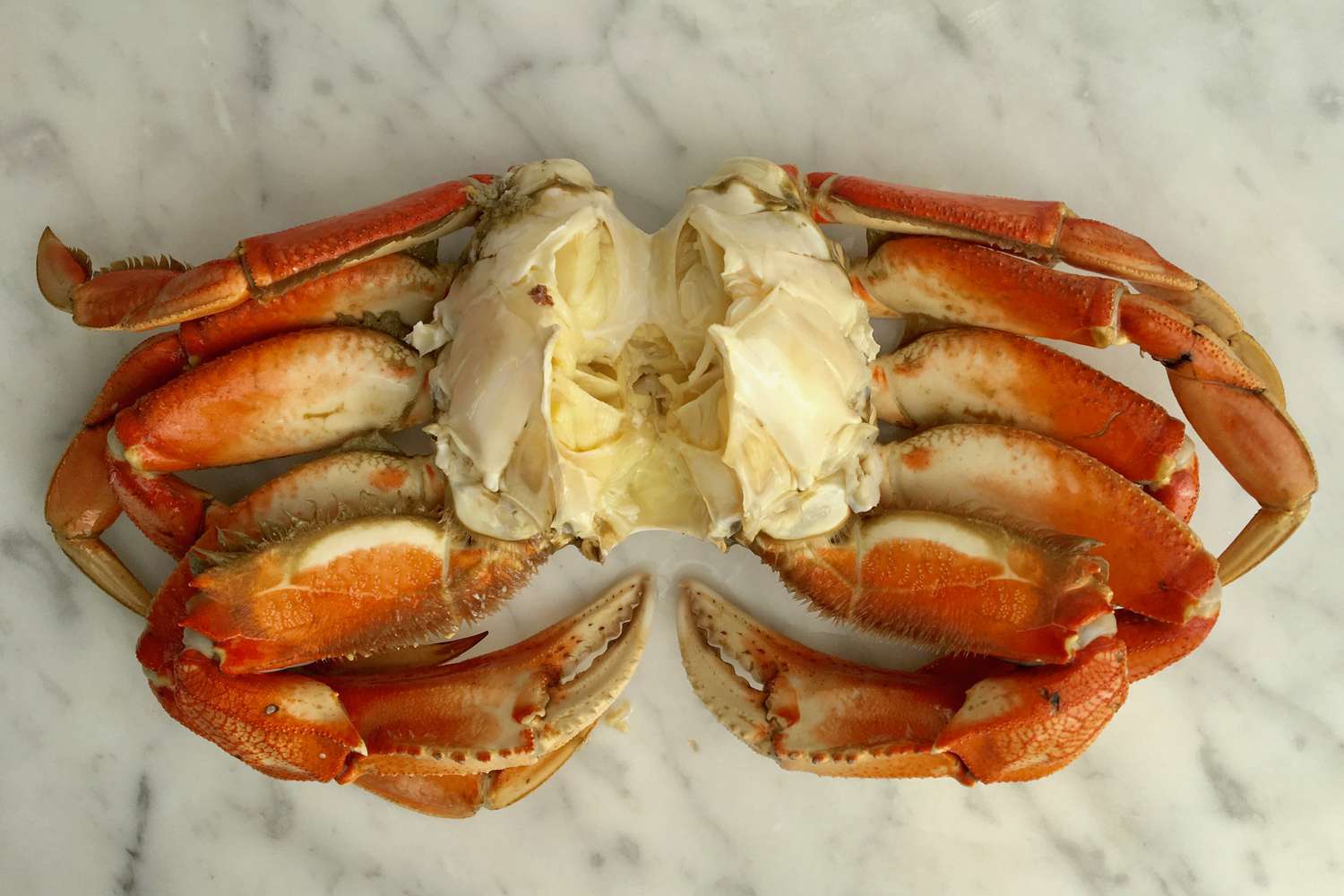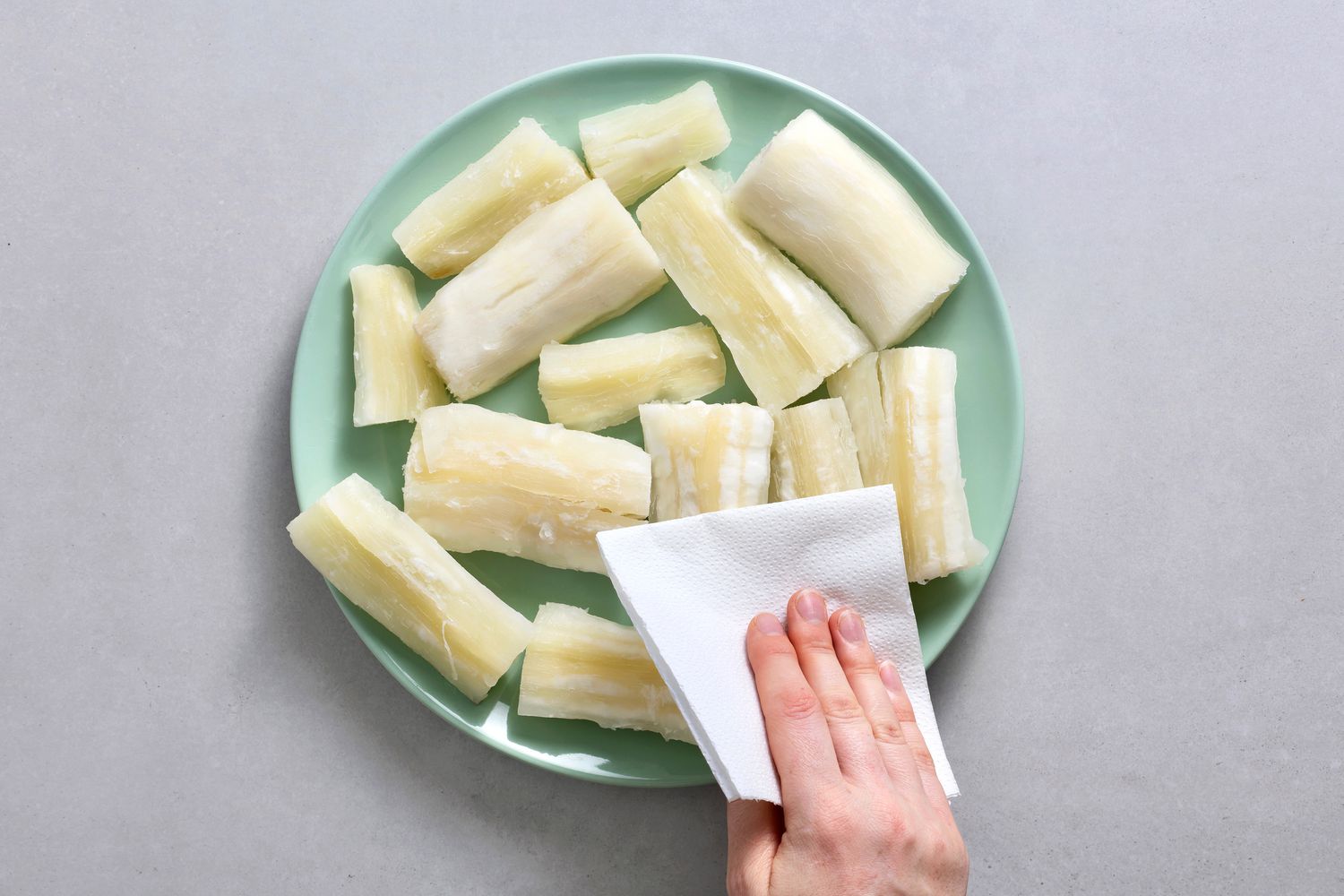Discovering the Deliciousness of Jackfruit
Jackfruit is a tropical fruit that is gaining popularity for its unique flavor and versatility. This large, spiky fruit may seem intimidating at first, but once you know how to prepare and eat it, you’ll be hooked on its delicious taste and numerous health benefits. Here’s a guide on how to enjoy this exotic fruit to the fullest.
Choosing the Perfect Jackfruit
When selecting a jackfruit, look for one that is large, firm, and emits a sweet aroma. The skin should be green or yellow with minimal blemishes. A ripe jackfruit will give slightly when pressed and will have a strong, sweet fragrance.
Preparing the Jackfruit
Before you can enjoy the sweet, juicy flesh of the jackfruit, you’ll need to prepare it properly. Follow these steps to get the fruit ready for eating:
- Start by cutting the jackfruit in half lengthwise using a sharp knife.
- Remove the core and seeds from the fruit.
- Peel the flesh away from the rind and cut it into smaller pieces.
Ways to Enjoy Jackfruit
Once you have prepared the jackfruit, there are several delicious ways to enjoy it:
- Raw: Enjoy the sweet, juicy flesh of the jackfruit as a refreshing snack.
- Cooked: Jackfruit can be cooked and used as a meat substitute in vegetarian and vegan dishes, thanks to its meaty texture.
- Smoothies: Blend jackfruit with other fruits and yogurt for a tropical and nutritious smoothie.
- Desserts: Use jackfruit in desserts like ice cream, cakes, and puddings for a unique and flavorful twist.
Health Benefits of Jackfruit
Aside from its delicious taste, jackfruit offers a range of health benefits:
- Rich in nutrients: Jackfruit is packed with essential vitamins and minerals, including vitamin C, potassium, and dietary fiber.
- Boosts immune system: The high vitamin C content in jackfruit can help strengthen the immune system.
- Supports digestion: The fiber in jackfruit can aid in digestion and promote a healthy digestive system.
- Good for the heart: Potassium in jackfruit can help regulate blood pressure and support heart health.
Conclusion
Jackfruit is not only delicious but also versatile and nutritious. Whether you enjoy it raw, cooked, or blended into a smoothie, this tropical fruit is a delightful addition to any diet. With its numerous health benefits and unique flavor, it’s no wonder that jackfruit is becoming increasingly popular. So, don’t be afraid to pick up a jackfruit on your next trip to the grocery store and give it a try!
